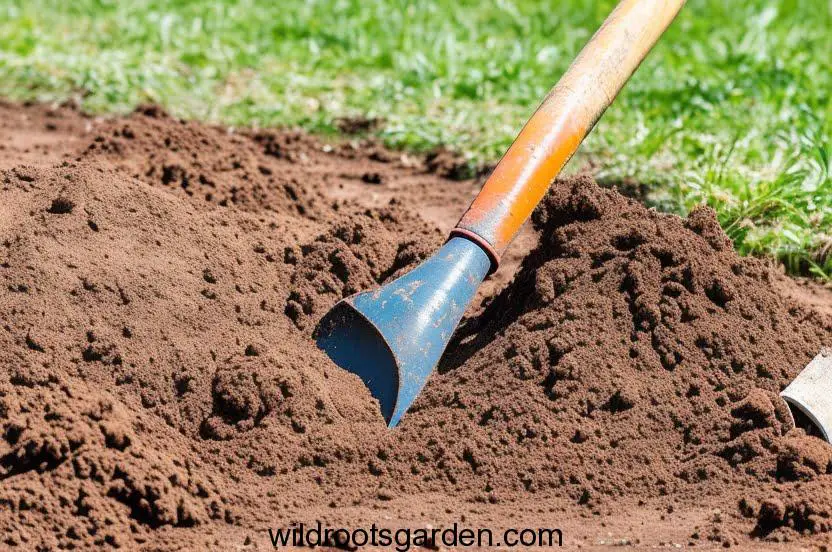Best Tool for Breaking Up Clay Soil. Clay soil can be quite difficult for gardeners and homeowners, but with the correct equipment and methods, it can be made productive for the growth of strong plants. In this post, we’ll look at the most practical methods for loosening clay soil as well as the best instruments for doing so. These suggestions will enable you to overcome the difficulties presented by clay soil and produce a flourishing garden, regardless of your level of gardening experience.
JUMP TO TOPIC
- 1 Understanding Clay and Soil
- 2 Challenges of Clay Soil
- 3 Importance of Soil Improvement
- 4 Tools for Breaking Up Clay and Soil
- 5 Mechanical Tools for Clay Soil
- 6 Techniques for Breaking Up Clay Soil
- 7 Adding Gypsum to Clay Soil
- 8 Deep clay soil
- 9 Benefits of Breaking Up Clay Soil
- 10 Promoting Drainage and Aeration
- 11 Enhancing Nutrient Availability
- 12 Creating a Favorable Environment for Plant Roots
- 13 Conclusion
- 14 FAQs
Understanding Clay and Soil
Clay soil is distinguished by its small particles and propensity to compact. It has poor drainage and is quickly waterlogged, which can cause root rot and other problems with the health of the plant. Moreover, clay soil’s density prevents root penetration and limits the availability of vital nutrients. Determining the appropriate strategy to improve clay soil requires an understanding of its special characteristics.
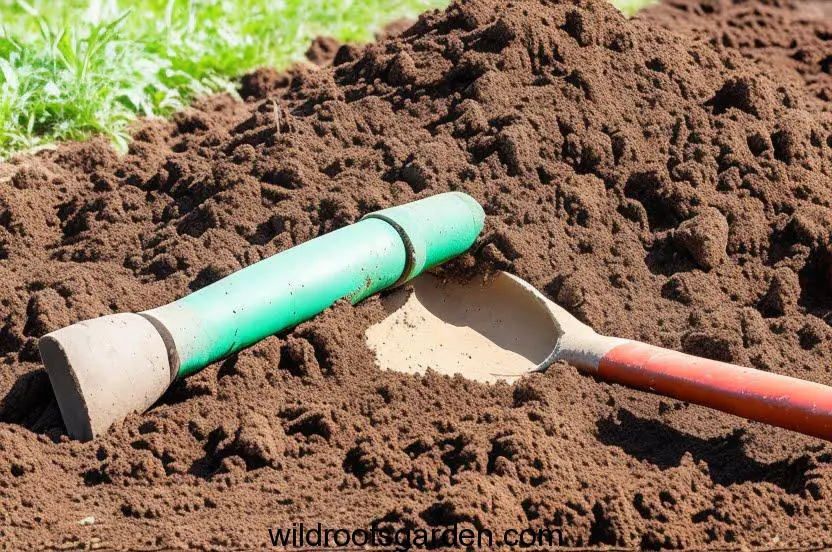
Challenges of Clay Soil
- Restricted Drainage: Because clay soil retains water for such a long time, it can get saturated and strangle plant roots.
- Clay soil easily compacts: limiting the pore spaces required for root growth and nutrient absorption.
- Inadequate Aeration: Clay soil’s compacted structure limits air movement, which impedes the development of beneficial soil organisms and root respiration.
Importance of Soil Improvement
For a garden to be fruitful and healthy, the clay soil must be improved. Gardeners can unleash the potential of clay soil and create the ideal environment for plants to grow by solving the difficulties it presents. The advantages of improving the soil include:
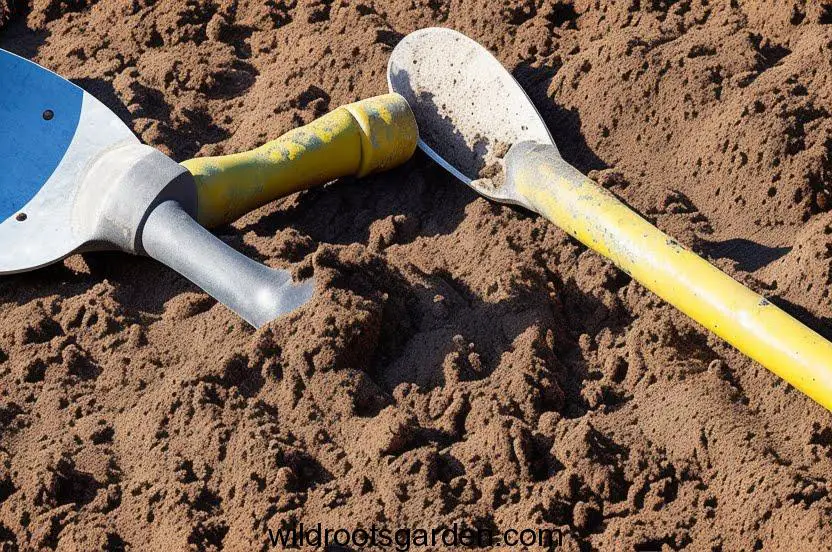
- Improved Drainage: Clay soil can be broken up to allow for greater water flow, which prevents waterlogging and lowers the danger of root infections.
- Better Aeration: Loosening clay soil encourages air circulation, which supports the development of advantageous soil microbial flora and root respiration.
- Increased Nutritional Availability: By making the soil more conducive to root exploration, clay soil is broken up, increasing the availability of vital nutrients.
Tools for Breaking Up Clay and Soil
A robust garden fork with thick tines works well to loosen compacted clay soil.
b. Spade: Planting beds can be made by slicing through compacted soil layers with a sharp spade.
c. Mattock: A mattock’s dual-purpose head makes it ideal for both removing boulders and breaking up hard clay soil.
d. A hand trowel is useful for working in confined spaces and breaking up compacted dirt around plants.
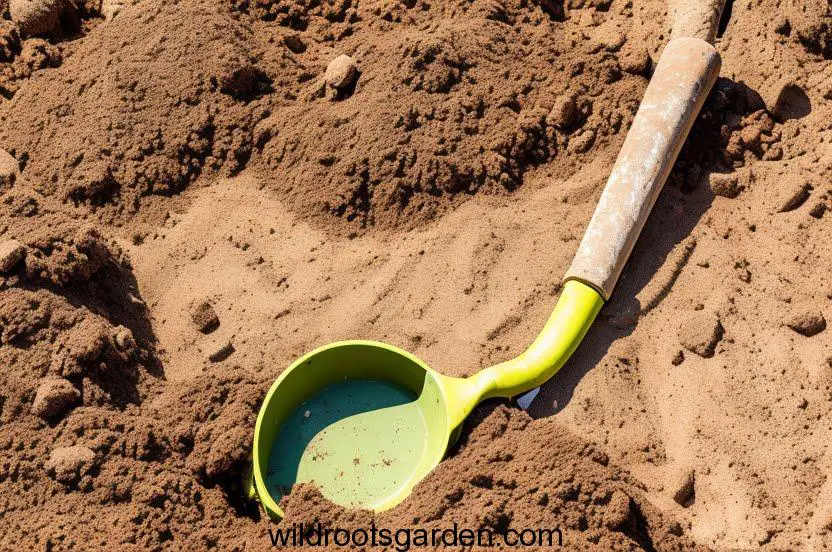
Mechanical Tools for Clay Soil
a rototiller: with tines or blades, it can efficiently break up sizable patches of clay soil, saving time and labor.
b. Power Harrow: A power harrow, like a rototiller, works well to loosen up compacted soil and prepare seedbeds.
c. Garden Tractor with Plow: To break up and turn over large expanses of clay soil, use a garden tractor with a plow attachment.
Techniques for Breaking Up Clay Soil
Clay soil gains from the addition of organic matter, such as compost or well-rotted manure, as well as more nutrients. Use a garden fork or rototiller to incorporate a thick layer of organic matter into the soil.
Adding Gypsum to Clay Soil
A mineral component called gypsum aids in draining better and loosening clay soil. Apply the gypsum as directed by the manufacturer, then thoroughly water it.
Deep clay soil
Deep tilling entails breaking up the compacted clay soil to a depth of at least 12 inches with mechanical equipment, such as a rototiller or garden tractor with a plow. This method encourages root penetration and drainage improvement.
Benefits of Breaking Up Clay Soil
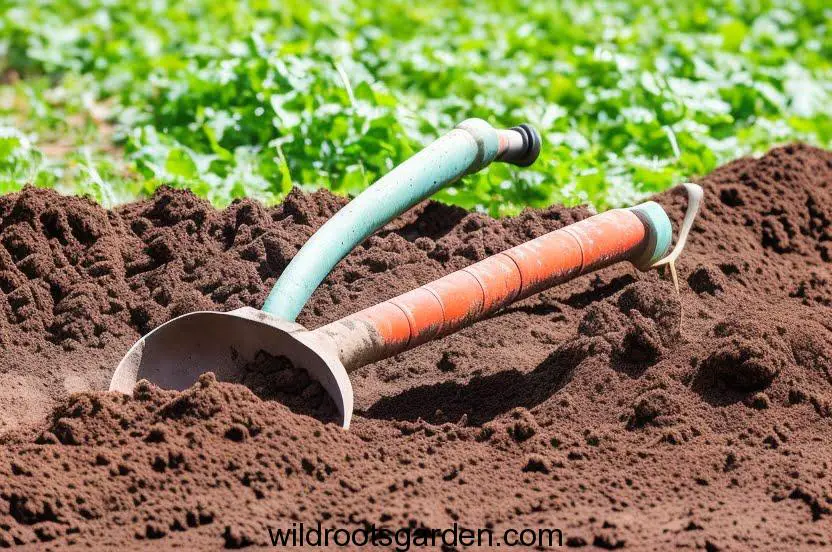
Promoting Drainage and Aeration
Clay soil can be broken up to improve aeration and water drainage, which lowers the danger of waterlogging and root infections.
Enhancing Nutrient Availability
Roots can access nutrients more efficiently thanks to improved soil structure, which promotes healthier plant growth and higher harvests.
Creating a Favorable Environment for Plant Roots
Clay soil that has been loosening provides a favorable environment for the growth of roots, facilitating plant establishment and growth.
Conclusion
Clay soil can be difficult to break up, but with the correct equipment and methods, you can turn it into productive ground for your garden. You can overcome the difficulties of clay soil by using manual tools like garden forks and spades as well as mechanical instruments like rototillers and plows. The structure, drainage, and nutrient availability of the soil can be improved by deep tilling and adding organic matter as amendments. Keep in mind that fertile soil is the key to a successful garden.

